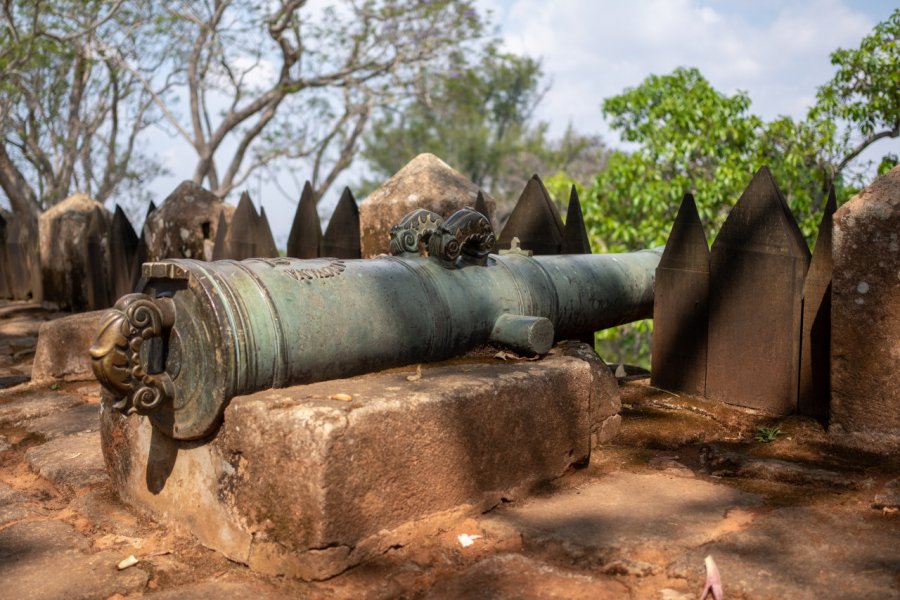Travel Guide Ambohimanga
Find an accommodation
Advertising
21 km north of Tana, the historic town of Ambohimanga, a forbidden city on the "blue hill" (sacred hill par excellence or Vohitra Masina), has been a UNESCO World Heritage site since 2001. The walk is beautiful, the site full of charm and its history fascinating. With its huge stone disc and lookout post, it's a peaceful spot for a day in the countryside. From the rova, the view extends to the far reaches of the high plateau. You can make out the sacred hills that rise in a circle around the "blue hill". Each one corresponds to a kingdom.King Andrianampoinimerina married twelve princesses to fortify his kingdom through alliances. Here, near the sacred lake of Amparihimasina (where ritual ceremonies once took place), he established a fortress (as evidenced by the hollowed-out defensive enclosures, or hadivory) and a palace. His descendants continued this tradition.Ambohimanga (whose original name was Tsimadilo, changed to Ambohitrakanga - "guinea fowl hill" - by Andriamborona: its current name was bestowed by Andriamasinavalona) is a fortified enclosure some 2.5 km long, with 14 entrances. The town was first occupied by Andriamborona and his family, before Andriatsimitoviaminandriandrazaka (phew!) became its first king, probably in the early 17th century. The site then underwent major changes under the reign of Ranavalona, before the French army set up its barracks here at the start of colonization, while Gallieni made it his summer residence.The old town once housed three enclosures: Bevato, undoubtedly the most beautiful of the palaces, so nicknamed because the stones were laid there to stone the deposed king Andrianjafy, should he return from exile; Nanjakana, perhaps the oldest building, residence of Radama I and destroyed by an accidental fire in 1861, during the funeral of Ranavalona I ; and Mahandry, the only one still standing today, consisting of 3 palaces including Mahandrihono (Andrianampoinimerina's hut), an ox park (the Fahimasina) and four royal tombs, transferred by Gallieni. It should be noted that the French established a kitchen and refectory on the very site of the Andrianampoinimerina and Andriambelomasina tombs! When these structures were demolished in 1954, bits of lambamena, an axe and an assegai were found.
What to visit Ambohimanga?
Advertising
Suggested addresses Ambohimanga
Weather at the moment
Advertising
Organize your trip with our partners Ambohimanga
Transportation
Book your plane tickets
Car Rental
Boat rental
Accommodation & stays
Find a hotel
Holiday rental
Find your campsite
Tailor-made trip
Immersion travel
Services / On site
Activities & visits
Find a doctor
Find unique Stay Offers with our Partners
Pictures and images Ambohimanga
Other destinations nearby Ambohimanga
25 km away
100 km away






